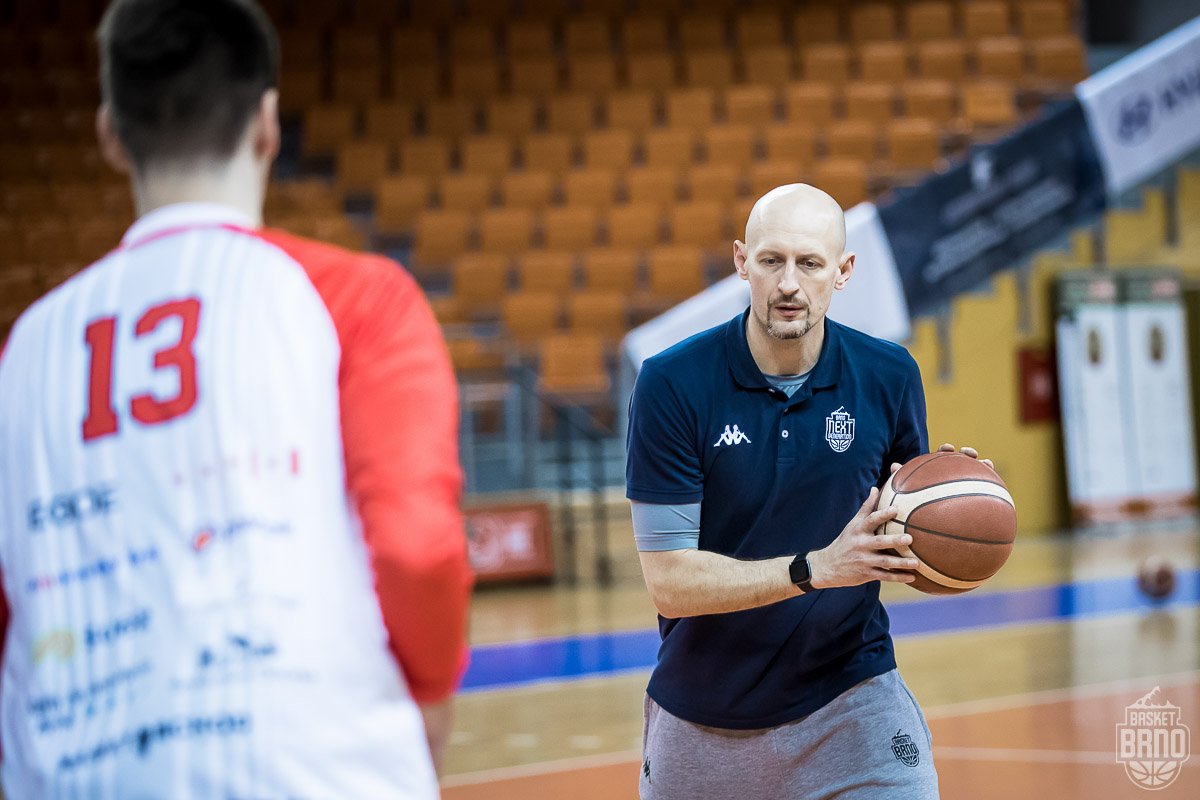Core values, Defensive & Offensive Philosophy
“It’s a player’s game, yet, the role of the coach is crucial, especially in the player’s formative years”
~Lubos Barton
CORE VALUES
As a basketball coach, I want to focus on values that make a team better and help the team/individuals to be successful, both on and off the court.
· PRACTICE AND EXCELL IN 10 THINGS THAT REQUIRE ZERO TALENT! HABITS!
– BEING ON TIME
– POSITIVE ENERGY
– WORK ETHIC
– EFFORT
– BODY LANGUAGE
– ATTITUDE
– DOING EXTRA
– BEING COACHABLE
– PASSION
– BEING PREPARED
These are characteristics that make an
individual a successful, no matter how much talent he/she possesses.
·
RESPECT AND TOGETHERNESS
(FAMILY)
Having respect and being together is a
solid base we can construct healthy foundation of a team/culture.
·
TEAMWORK VS AMBITION
I want to have players/staff that are
motivated (ambitious), yet they are ready to sacrifice for the team.
·
LOYALTY
One of the key ingrediencies to build a
winning culture is loyalty. This can only happen if all the values above are in
place.
COACH(ES) should:
–
Have patience and positive
energy ALL THE TIME
–
Teach and motivate others
–
Be strict/demanding but fair
–
Have passion and transmit it
ALL THE TIME
–
Educate himself constantly and
try to make others better as well
–
Have joy ALL THE TIME
DEFENSIVE PHILOSOPHY “TOUGHER TEAM WINS”
It sounds like a cliché, but it is true, nonetheless. The team that plays tougher usually wins and I would like to see my team, especially on defensive end, to be the tougher team, playing with more effort and tenacity.
It’s impossible to play perfect defense but we should know what things we want to focus on and prioritize. Our primary focus on defense is:
· Take away/minimize the high percentage shots of our opponent (Free throws, layups, 3s)
· Force turnovers/prevent easy ball movement
· Rebounding (prevent 2nd opportunities)
The very first key to good defense is to have good offensive possessions, good shots and less turnovers (especially live turnovers which lead to opponent’s high percentage shots).
TOP 5 things on defense:
1.
GET BACK – very 1st
defensive effort is also the most important – spring back = effort!
2.
PROTECT THE PAINT – limit paint
touches/drives
3.
COMMUNICATION – the most
important key to any defense is communication (EARLY, LOUDLY, REPEATADLY)
4.
PRESSURE THE BALL – without
committing fouls (defend without fouling)-, challenge passing lanes = disrupt
offensive flow
5.
CLOSEOUT & CONTEST SHOTS –
the hardest part on defense is closeout situation – prevent easy/open shots
Defensive strategies would be determined according to team’s talent/size/ability.
OFFENSIVE PHILOSOPHY
“PLAY AS A TEAM – TOGETHER”
Within every strategy, we want to look for simple and straightforward actions on offense. The most important thing is to create rhythm, which allows us to move the ball and create high percentage shots. Playing with rhythm doesn’t mean that we only play in high speed. It also includes change of pace and overall feeling that we are in control on offense.
· EARLY & EASY OPPORTUNITIES – when possible (and when we want), we want to push the ball and attack early (play with confidence and aggressiveness)
· GET TO THE PAINT – by the pass (post up) or by the drive (1on1, P&R) (INSIDE-OUT game)
· LESS DRIBBLES, MORE PASSES – create rhythm by passes, looking for 2+ passes in a row (SIDE to SIDE or EXTRA PASSES) – we want as many assisted baskets as possible
· MORE OFF-BALL SCREENS than BALL SCREENS – more players involved in the action, the better
· LIMIT TURNOVERS (LIVE BALL TOs) – CREATE GOOD/OPEN SHOTS – 1st action on defense is after shot is taken (GO GET vs GET BACK)
· LOOK FOR 2ND CHANCE OPPORTUNITIES – especially on long shots (3 players go to off. Rebound)
· SPACING – all players should know how to play without the ball (where and when to be)
· PATIENCE – rhythm doesn’t mean we take always quick shot – patience by moving the ball, getting players involved, making opponent work on defense – ability to change pace in half-court offense
Again, our offensive strategies will depend on our talent/size/ability, with objective to have various ways to attack, with all sets having counters!
Coach Lubos Barton

